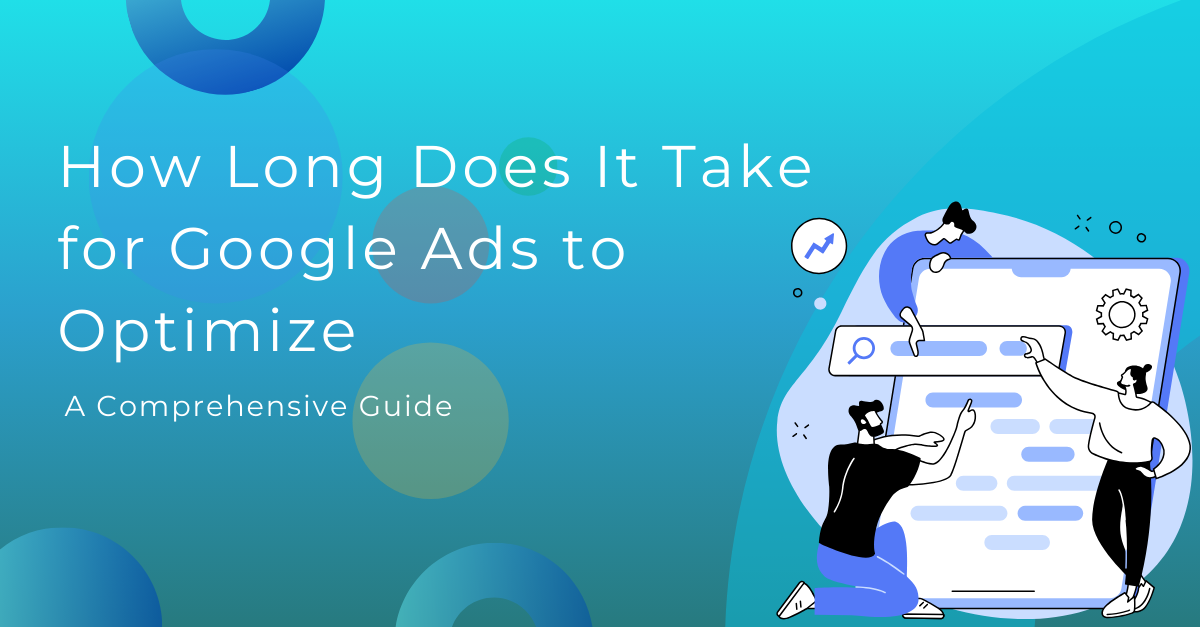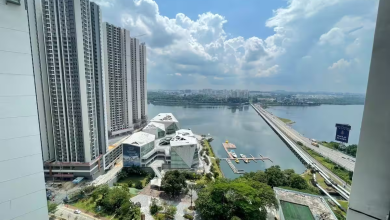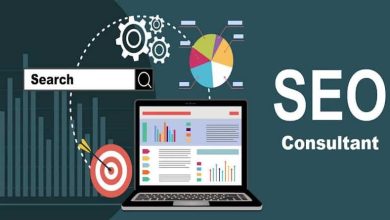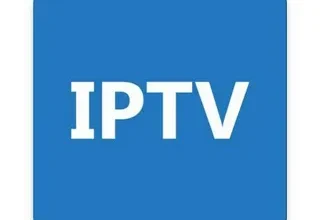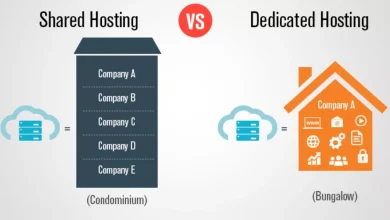If you’re new to the world of digital advertising or have recently started using Google Ads (formerly known as Google AdWords), you might be wondering, “How long does it take for Google Ads to optimize?” Understanding the timeline for optimizing your Google Ads campaigns is crucial for achieving your advertising goals efficiently. In this comprehensive guide, we will explore the factors that influence the optimization timeline, the steps involved in the process, and the strategies to expedite the optimization of your Google Ads campaigns.
For further insights and in-depth resources on digital marketing and the collaboration of SEO and SEM, visit WITL. Explore the latest trends, case studies, and expert opinions to stay updated on the ever-evolving world of search engine optimization and search engine marketing
The Significance of Optimizing Google Ads
Before we delve into the details, it’s essential to grasp the importance of optimizing Google Ads campaigns:
- Improved Performance: Optimizing your Google Ads campaigns can lead to better performance, including higher click-through rates (CTR), lower cost per click (CPC), and improved return on investment (ROI).
- Cost Efficiency: Efficiently optimized campaigns often result in lower advertising costs. This means you can achieve your desired results while staying within your budget.
- Enhanced User Experience: A well-optimized ad campaign provides a better user experience, ensuring that your target audience finds what they’re looking for when they click on your ads.
- Competitive Edge: In the highly competitive world of digital advertising, optimized campaigns can help you outperform competitors and achieve a stronger market presence.
Now, let’s explore the factors that influence the timeline for optimizing Google Ads campaigns:
Factors That Influence the Optimization Timeline
The time it takes to optimize Google Ads campaigns can vary depending on several factors:
- Campaign Complexity: The complexity of your ad campaigns, including the number of ad groups, keywords, and target demographics, can influence the optimization timeline. More complex campaigns often require more time to fine-tune.
- Historical Data: The availability of historical data can speed up the optimization process. If you’re running new campaigns, it may take longer to gather sufficient data for informed decisions.
- Industry Competition: The level of competition in your industry or niche can impact optimization. Highly competitive industries may require more time and effort to achieve optimal results.
- Budget: Your advertising budget can affect the optimization timeline. A larger budget allows for more extensive testing and optimization, potentially leading to quicker results.
- Ad Quality: The quality and relevance of your ads play a significant role. High-quality ads that match user intent are more likely to perform well and require less optimization.
- Conversion Tracking: Having effective conversion tracking in place allows you to monitor results and adjust campaigns promptly. Without conversion data, optimization may take longer.
- Keyword Selection: Your choice of keywords can impact the optimization timeline. High-intent, low-competition keywords often yield quicker results than competitive or broad keywords.
Now, let’s explore the steps involved in optimizing Google Ads campaigns and the typical timeline for each:
Steps in Optimizing Google Ads Campaigns
1. Campaign Setup (1-2 Weeks)
The initial setup of your Google Ads campaigns, including keyword research, ad creation, and audience targeting, can take about 1-2 weeks. During this phase, you establish the framework for your campaigns.
2. Data Gathering (2-4 Weeks)
After launching your campaigns, it takes some time to gather sufficient data. This phase can last 2-4 weeks, during which you’ll accumulate information on ad performance, CTR, and conversion rates.
3. Initial Optimization (4-6 Weeks)
With enough data in hand, you can begin the initial optimization of your campaigns. This includes pausing underperforming keywords, adjusting bids, and refining ad copy. This phase typically takes 4-6 weeks.
4. Ongoing Optimization (Continuous)
Optimization is an ongoing process. After the initial phase, you’ll continue to refine and improve your campaigns. Ongoing optimization is a continuous effort, with regular monitoring, testing, and adjustments.
5. Scaling and Expansion (Varies)
As your campaigns perform well and generate positive results, you can consider scaling and expanding your advertising efforts. This phase’s timeline varies and depends on your specific objectives.
Strategies to Expedite Google Ads Optimization
If you’re looking to expedite the optimization of your Google Ads campaigns, consider implementing the following strategies:
- Leverage Historical Data: If you have historical campaign data, use it to inform your new campaigns. This can jumpstart the optimization process.
- Regular Monitoring: Stay vigilant by monitoring your campaigns regularly. Quick response to changes in performance can prevent minor issues from becoming major problems.
- A/B Testing: Implement A/B testing to identify winning ad creatives, keywords, and landing pages faster.
- Use Smart Bidding: Google’s automated bidding strategies, such as Target CPA or Target ROAS, can help optimize your campaigns more efficiently.
- Landing Page Optimization: Ensure your landing pages are well-optimized for conversions. A seamless user experience can expedite the optimization timeline.
- Competitor Analysis: Study the strategies of your competitors to identify areas where you can gain a competitive advantage.
Final Thought
Optimizing Google Ads campaigns is a dynamic process that depends on various factors, including campaign complexity, historical data, and industry competition. By understanding the steps involved and implementing strategic approaches, you can expedite the optimization process and achieve improved ad performance, cost efficiency, and a stronger competitive edge in the world of digital advertising.

